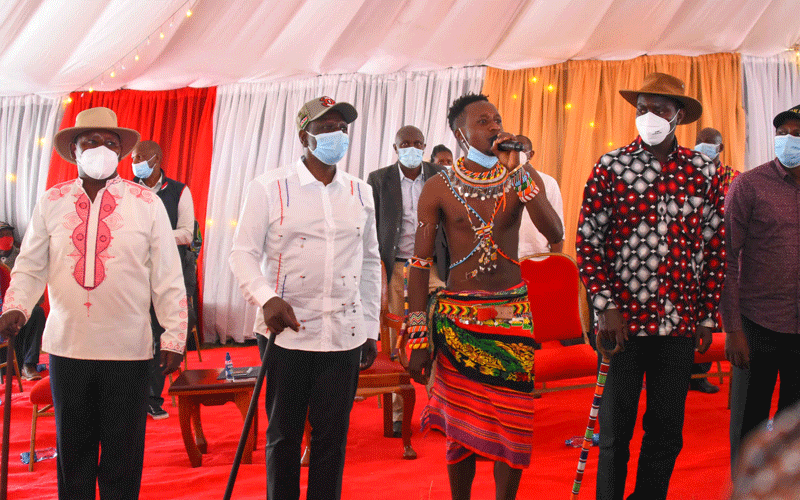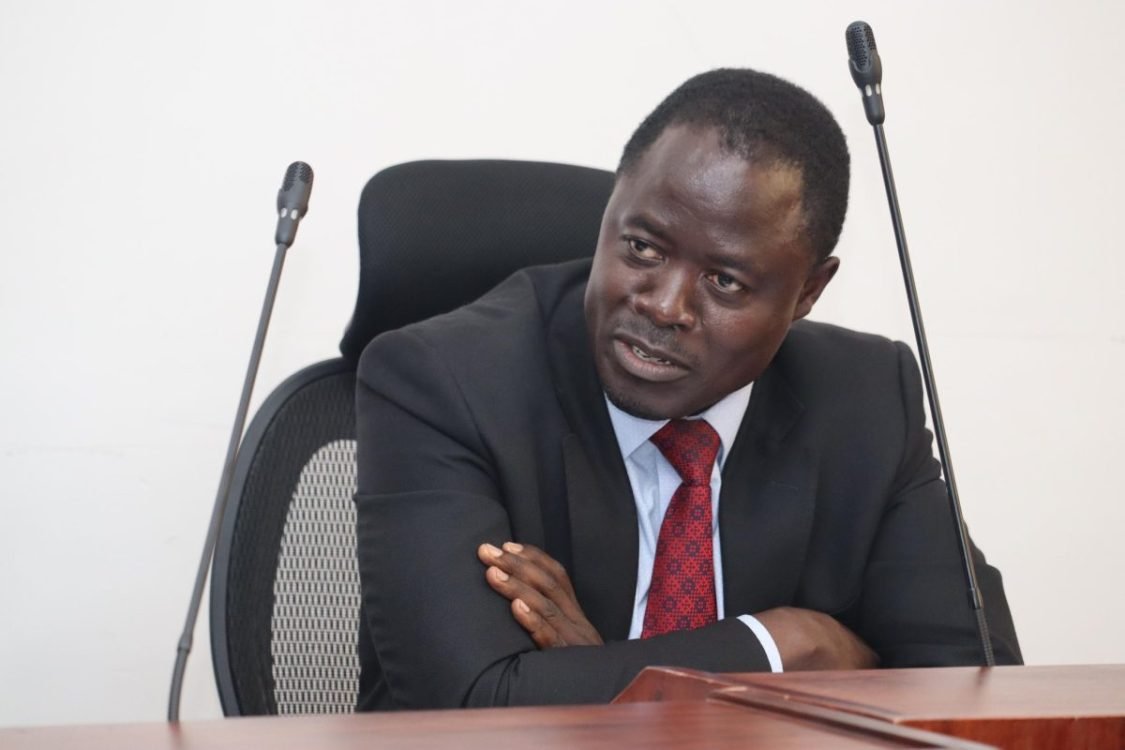Transport system, a breeding ground for Covid-19

Chrispine Onyango
For the first time in history, humanity is fighting a common enemy: coronavirus disease. In Kenya, rural counties are bearing the brunt of what has been termed “the second Covid-19 wave”.
Even though Nairobi and Mombasa counties are still leading in the infection rate, the disease is relentlessly sweeping across the rest of the country.
No doubt, the pandemic has disrupted our daily activities, ruined economies and livelihoods and even claimed lives.
While the increasing infection rate in Kenya has been blamed on various factors, public transport has played a significant role.
Transport operators are well placed to prevent the spread of the infection. Urban public transport and long-distance travel including trucks should remain active participants in enforcing set Covid-19 prevention protocols so that they do not easily become the means of spreading infection.
My colleague at Doctors for Healthy Living recently used public means to travel upcountry. Upon his return to the city, he narrated his experience.
“It is scary to use public transport these days. While buses and “shuttles” seem to observe the Covid-19 guidelines here in Nairobi, those with routes outside the city are operating as if there is no coronavirus,” he says.
“During my travel, I have seen vehicles designed for 14 passengers carrying close to 22 people, some still boarding without masks.”
Public transport parks are always overcrowded, especially by matatus. Peak hours present even more danger of infection as vehicles move slowly due to traffic congestion.
Already in Nairobi, streets that had free-flowing traffic few weeks ago are now heavily congested.
A 2019 study on Nairobi’s commuter traffic revealed that 42 per cent of daily commuters walk, 48 per cent ride matatus, 5 per cent commute by private car, while the remaining five per cent use other modes.
The research further estimated that the average vehicular speed is about 8.3 km/hour and 7.6 km/hour during morning and evening peak hours respectively.
This shows that commuters in congested matatus and buses may be easily exposed to infection in case any of them have an infectious disease.
At the onset of the pandemic, transport ministry adopted a raft of measures and issued directives aimed at reducing the spread of Covid-19 within the public transport system.
It directed all motor vehicles and equipment be cleaned, disinfected, and sanitised after every trip.
Besides, all public service operators were directed to provide sanitisers for use by passengers before boarding vehicles.
All public service vehicle operators were directed to wear masks and not to allow any passenger to board a vehicle without wearing one.
They were also required to observe social distancing between passengers by carrying only 60 per cent of the capacity of their vehicles, implying that 14-seater vehicles should carry eight passengers per trip.
At the time, commuters and public transport operators were asked to strictly adhere to these directives.
Whether the directives are being adhered to or not today is anybody’s guess.
Already, on some routes in, and almost all routes outside Nairobi, it is common to see matatus flout social distancing by carrying excess passengers, blaming the trend on economic losses incurred by carrying fewer passengers during the lockdown.
The new surge in coronavirus infections ought it be a call to action for everyone to work together by staying apart to flatten the infection curve once again.
Fred Rogers, the entertainer told us long ago that in times of disaster, “look for the helpers.
You will always find people who are helping”. That sentiment is a source of comfort and an important reminder that we are not alone.
From courageous healthcare workers on the frontlines to essential employees in the service sector.
The appeal today is to public transport operators to adhere strictly to the containment measures introduced by the government.
If we do this effectively, it may be possible to win the battle against this deadly virus. Let us all apply a little more discipline. — The writer is a communication consultant at Doctors For Healthy Living












